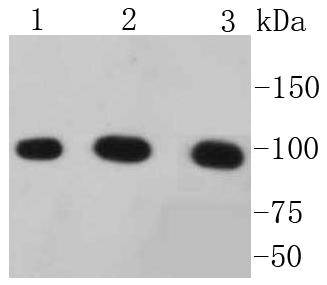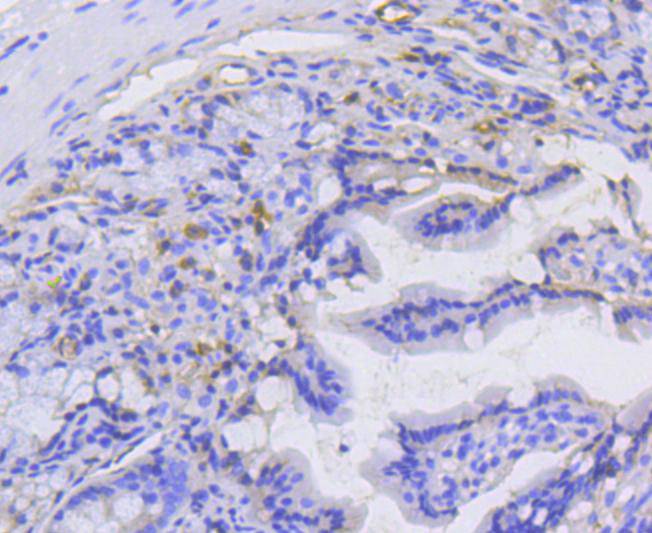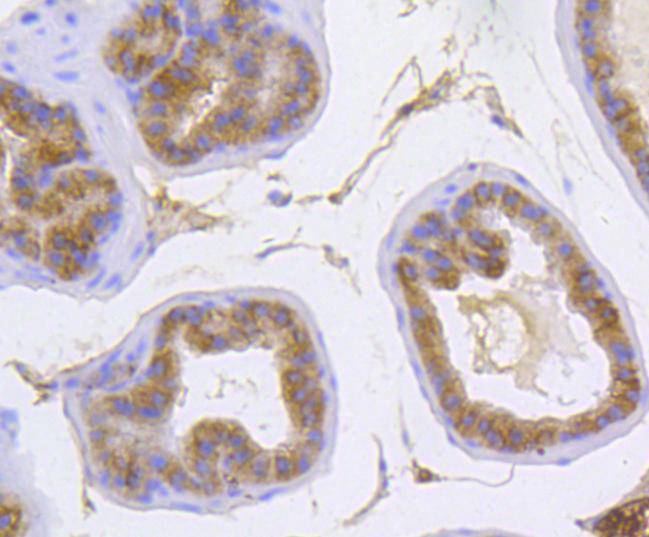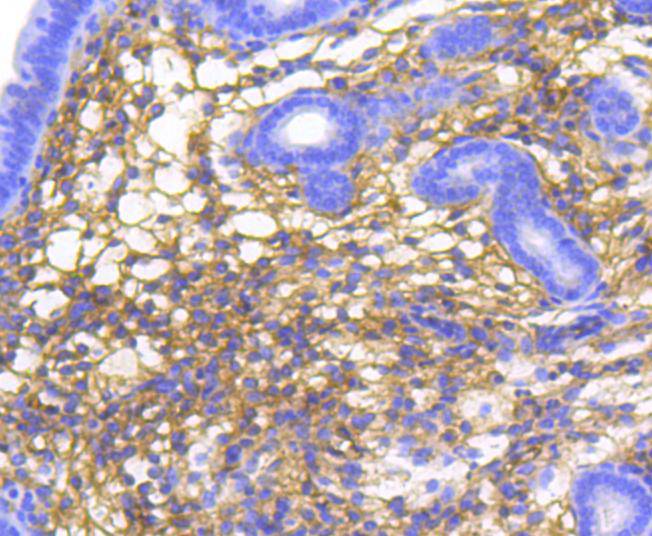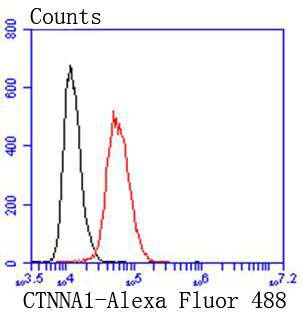α E-catenin (also designated α-catenin; cadherin-associated protein, α1, 102 kDa; and CAP102) plays a role in E-cadherin mediated cell-cell adhesion by linking E-cadherin to the cytoskeleton via β- or γ-catenin and Actin. α E-catenin connects cell-density-dependent adherens junctions with the developmental hedgehog pathway and may provide a negative feedback loop controlling the size of developing cerebral cortex. It is abundant in neuroepithelial precursor cells in the developing cortical ventricular zone of the brain, with reduced expression in the cortical plate. α E-catenin-vinculin interactions play a role in the assembly of the apical junction complex in epithelia. Catenins generally are thought to work as connectors that anchor E-cadherin to the cytoskeletal Actin bundle through the cadherin cytoplasmic domain. Dysfunction of this adhesion complex causes dissociation of cancer cells from primary tumor nodules, thus possibly contributing to cancer invasion and metastasis.

